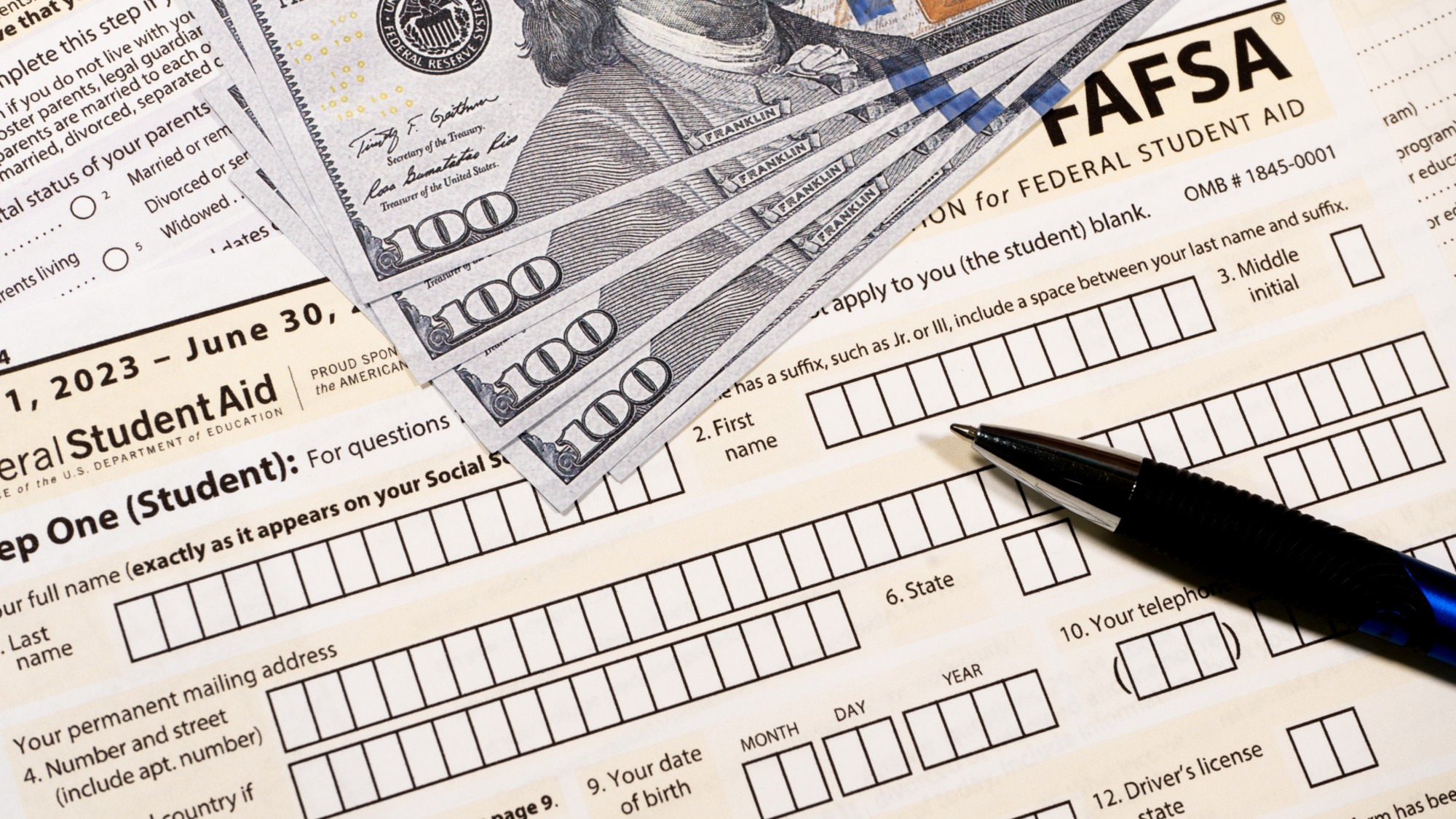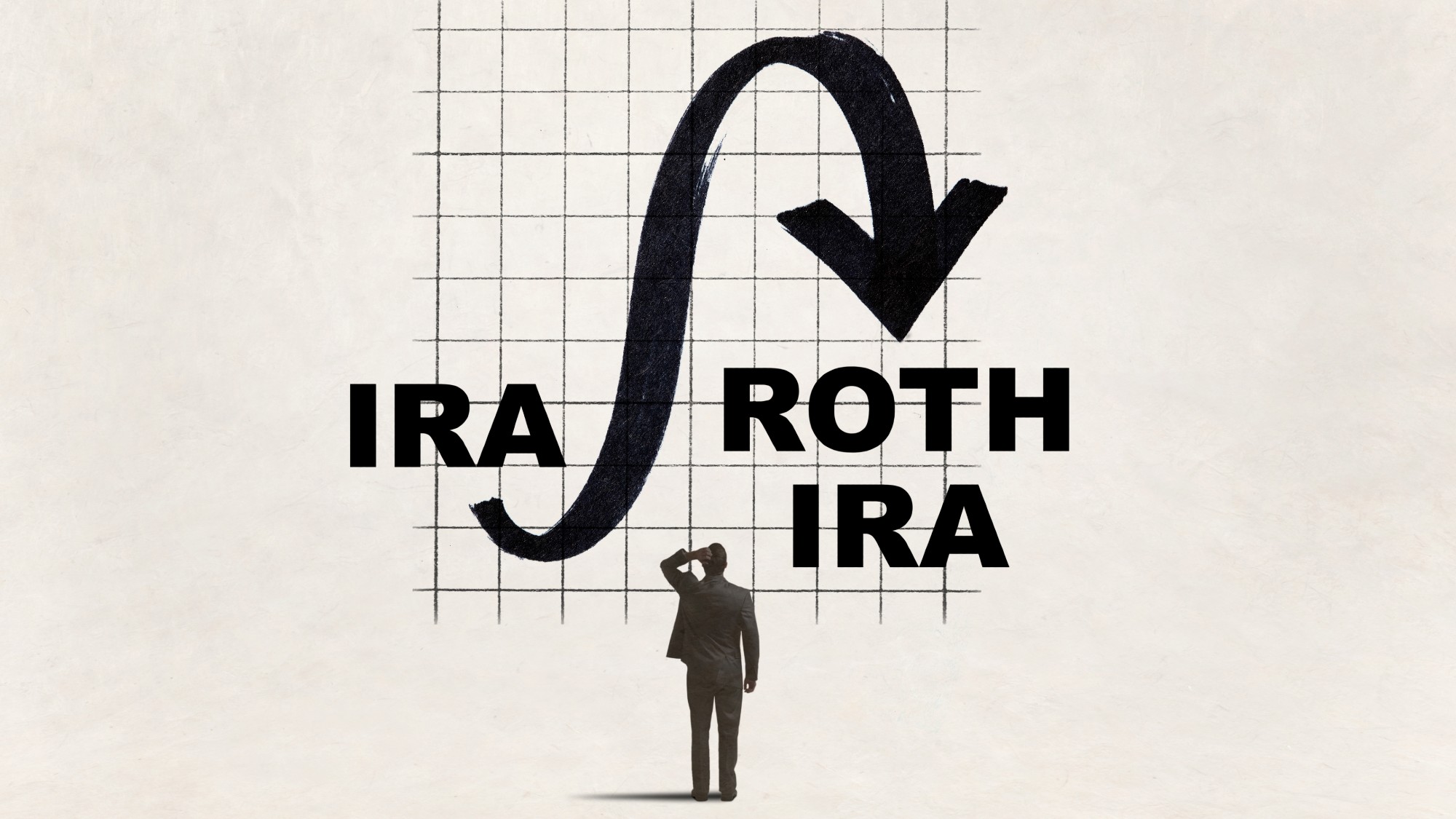What are Pell Grants and who do they benefit?
These are grants, not loans — meaning students do not have to repay the funds, but they must first meet certain conditions


For decades, Pell Grants have made covering the cost of college possible for millions of low- and middle-income families. These federal grants, offered since the 1973-1974 school year, are effectively free funding that those with significant financial need can apply towards higher education costs, with no obligation of repayment.
But if President Donald Trump's budget reconciliation bill comes to pass, that funding could face major cuts, with steeper eligibility criteria and lower maximum amounts. "Under Trump's proposal, the maximum Pell Grant for the 2026-2027 academic year would be at its lowest level in more than a decade," said CNBC, when "already, those grants have not kept up with the rising cost of a four-year degree." Here is a closer look at what these grants are and what they offer.
What are Pell Grants?
Pell Grants are a form of federal financial aid intended to help primarily undergraduate students with financial need to cover the cost of college. "In the 2023–2024 academic year, around 6.5 million students received a Pell Grant," with the "vast majority" of them coming "from families making less than $60,000 a year," said Vox.
The Week
Escape your echo chamber. Get the facts behind the news, plus analysis from multiple perspectives.

Sign up for The Week's Free Newsletters
From our morning news briefing to a weekly Good News Newsletter, get the best of The Week delivered directly to your inbox.
From our morning news briefing to a weekly Good News Newsletter, get the best of The Week delivered directly to your inbox.
These are grants, not loans — meaning students do not have to repay the funds they receive, as long as certain conditions are met, and interest does not accrue. Students who receive Pell Grants can use the funding to "cover all or a portion of academic expenses, including tuition costs, books, supplies and personal academic expenses like room and board," said Bankrate.
As of 2025, the "maximum Pell Grant award is $7,395 per academic year," though how much you get varies depending on factors including "your level of financial need," "your college's cost of attendance" and your enrollment status, said Nerdwallet.
Who is eligible for a Pell Grant?
As need-based aid, it is necessary to "demonstrate exceptional financial need to be eligible for a Pell Grant," said Ramsey Solutions, a personal finance blog. This determination is based on a student's "expected family contribution (EFC), a figure determined by financial information provided on the Free Application for Federal Student Aid (FAFSA) form" that takes into consideration "your or your family's taxed and untaxed income, assets and benefits," said the credit bureau Equifax.
There are several other eligibility criteria that students must meet as well, including that they are a "U.S. citizen or U.S. national" who has not previously "earned a bachelor's, graduate or professional degree" and are "enrolled or accepted to enroll in an approved program," said Bankrate.
A free daily email with the biggest news stories of the day – and the best features from TheWeek.com
How do you get a Pell Grant?
There is no specific application for the Pell Grant. Instead, students simply have to fill out the FAFSA, the form required to qualify for any form of federal financial aid. The information inputted on the FAFSA, which includes either your parents' financial details or your own, if you are self-supported, will determine your level of financial need and, as such, your Pell Grant eligibility.
"Generally speaking, your school will first apply your Pell Grant funds to your college expenses," though "in other cases, you might also be paid directly," said Bankrate. From there, any funds remaining are "typically paid to you to cover other education expenses, such as textbooks, supplies, transportation and off-campus rent," said Nerdwallet.
Becca Stanek has worked as an editor and writer in the personal finance space since 2017. She previously served as a deputy editor and later a managing editor overseeing investing and savings content at LendingTree and as an editor at the financial startup SmartAsset, where she focused on retirement- and financial-adviser-related content. Before that, Becca was a staff writer at The Week, primarily contributing to Speed Reads.
-
 Who will the new limits on student loans affect?
Who will the new limits on student loans affect?The Explainer The Trump administration is imposing new limits for federal student loans starting on July 1, 2026
-
 3 ways to reduce the cost of owning a car
3 ways to reduce the cost of owning a carthe explainer Despite the rising expense of auto insurance premiums and repairs, there are ways to save
-
 How to shop smarter with a grocery budget
How to shop smarter with a grocery budgetThe Explainer No more pushing your cart down the aisles on autopilot
-
 What will next year’s housing market look like?
What will next year’s housing market look like?The Explainer Here is what to expect from mortgage rates and home prices in 2026
-
 How your household budget could look in 2026
How your household budget could look in 2026The Explainer The government is trying to balance the nation’s books but energy bills and the cost of food could impact your finances
-
 What are the pros and cons of a Roth conversion for retirement?
What are the pros and cons of a Roth conversion for retirement?Pros and Cons By converting a traditional IRA to a Roth IRA, retirees can skip paying taxes on their withdrawals
-
 4 often overlooked home maintenance tasks that could cost you later
4 often overlooked home maintenance tasks that could cost you laterThe Explainer A little upkeep now can save you money down the road
-
 4 easy tips to avoid bank fees
4 easy tips to avoid bank feesThe Explainer A few dollars here and there might seem insignificant, but it all adds up



